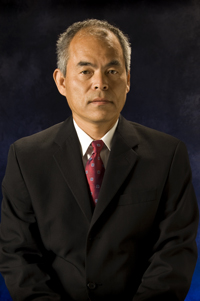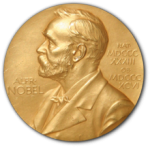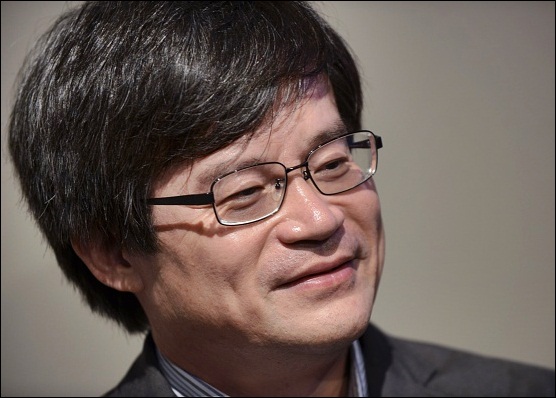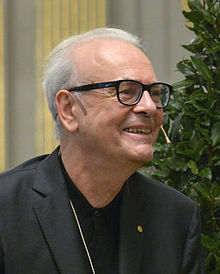Shuji Nakamura Nobel Prize Awarded In 2014

Shuji Nakamura
Award Name : Nobel Prize
Year of Award : 2014
Award for : Physics
Location : Ikata, Ehime, Japan
Shuji Nakamura (Nakamura Sh?ji, born May 22, 1954) is a Japanese-American professor at the Materials Department of the College of Engineering, University of California, Santa Barbara (UCSB), and is regarded as the inventor of the blue LED, a major breakthrough in lighting technology.Together with Isamu Akasaki and Hiroshi Amano, he is one of the three recipients of the 2014 Nobel Prize for Physics "for the invention of efficient blue light-emitting diodes, which has enabled bright and energy-saving white light sources".Nakamura graduated from the University of Tokushima in 1977 with a B.Eng. degree in electronic engineering, and obtained an M.Eng. degree in the same subject two years later, after which he joined the Nichia Corporation, also based in Tokushima. It was while working for Nichia that Nakamura invented the first high brightness gallium nitride (GaN) LED whose brilliant blue light, when partially converted to yellow by a phosphor coating, is the key to white LED lighting, which went into production in 1993.Previously, J. I. Pankove and co-workers at RCA put in considerable effort, but did not manage to make a marketable GaN LED in the 1960s. The principal problem was the difficulty of making strongly p-type GaN. Nakamura drew on the work of another Japanese group led by Professor Isamu Akasaki, who published their method to make strongly p-type GaN by electron-beam irradiation of magnesium-doped GaN. However, this method was not suitable for mass production and its physics was not well understood. Nakamura managed to develop a thermal annealing method which was much more suitable for mass production. In addition, he and his co-workers worked out the physics and pointed out the culprit was hydrogen, which passivated acceptors in GaN.
At the time, many considered creating a GaN LED too difficult to produce, therefore Nakamura was fortunate that the founder of Nichia, Nobuo Ogawa (1912–2002) was initially willing to support his GaN project. However the company eventually ordered him to suspend work on GaN, claiming it was consuming too much time and money. Nakamura continued to develop the blue LED on his own and in 1993 succeeded in making the device.He was awarded a D.Eng. degree from the University of Tokushima in 1994. He left Nichia Corporation in 1999 and took a position as a professor of engineering at the University of California, Santa Barbara.In 2001, Nakamura sued his former employer Nichia over his bonus for the discovery as a part of a series of lawsuits between Nichia and Nakamura with Nichia's US competitor Cree Inc.; they agreed in 2000 to jointly sue Nichia at the expense of Cree and Nakamura received stock options from Cree. Nakamura claimed that he received only ¥20,000 (?US$180) for his discovery of "404 patent," though Nichia revealed that the company awarded him with promotions and bonuses of 62 million yen over 11 years and his annual salary reached 20 million yen when he quit Nichia.Although Nakamura originally won an appeal for ¥20 billion (?US$180 million), Nichia appealed the award and the parties settled in 2005 for ¥840 million (?US$9 million), at the time the largest bonus ever paid by a Japanese company.Nakamura has also worked on green LEDs, and is responsible for creating the white LED and blue laser diodes used in Blu-ray Discs and HD DVDs.Nakamura is a professor of Materials at the University of California, Santa Barbara, and holds over 100 patents.In 2008, Nakamura, along with fellow UCSB professors Dr. Steven DenBaars and Dr. James Speck, founded Soraa, a developer of solid-state lighting technology built on pure gallium nitride substrates.









